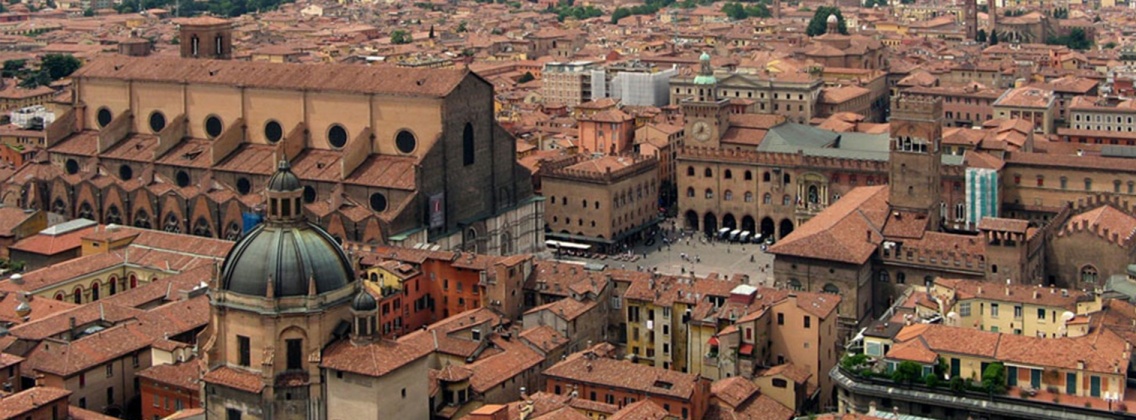
Emilia Romagna
Visit Emilia Romagna, among medieval cities and authentic cuisine
Things to do in Emilia Romagna
All the experiences and attractions for the most popular activities.
Territory of Emilia Romagna
The territory of Emilia Romagna is divided almost symmetrically between the flat part, which covers about half of the territory and which coincides with the central-southern area of the Po Valley, and a part of the hills and mountains. The division between these two halves of territory coincides almost perfectly with the Via Emilia, a north-west/south-east route that goes from Rimini to Piacenza.
The eastern part, that of Romagna, overlooks the Adriatic Sea with wide and sandy coasts that are well suited to seaside tourism.
Useful information about Emilia Romagna
Emilia Romagna is a region of northern Italy with the capital Bologna, composed of the union of two historical regions: Emilia, which includes the provinces of Piacenza, Parma, Reggio Emilia, Modena, Ferrara and most of the metropolitan city of Bologna, and Romagna, which includes the provinces of Ravenna, Forlì-Cesena, Rimini and the municipalities of the metropolitan city of Bologna located east of the river Sillaro (Dozza, Imola, Mordano, Casalfiumanese, Borgo Tossignano, Fontanelice, Castel del Rio).
Top Attractions in Emilia Romagna
all entrance tickets for the most popular Italian attractions
Masone Labyrinth
BolognaClassis Museum and the Basilica of Sant'Apollinare in Classe
Emilia RomagnaMaranello Ferrari Museum
BolognaFellini Museum
BolognaAsinelli Tower
BolognaDiscover the Italian Ambassador of Excellence in this region
Looking for tips for your next trip? Ask Monna Lisa.

Places and tours of Emilia Romagna
Discovering places and tours in Emilia Romagna is a very rich experience. Everywhere in the area you can come across spectacular monuments, evidence of the ancient glories of the history of Emilia Romagna: this is the case of the Castello Estense in Ferrara, of unique beauty, or the Torre degli Asinelli, symbol of the city of Bologna.
And for those tourists who love nature, the territory offers a myriad of regional and national parks: the Stirone e Piacenzano Regional Park, established in 2011 by the union of the Stirone Regional Park and the Piacenziano Geological Nature Reserve, or the Po Delta Regional Park.
Finally, the coast of Romagna, with its wide sandy beaches has been always suitable for seaside tourism, which is why it has become over the years a popular summer destination for both beaches and the great nightlife.
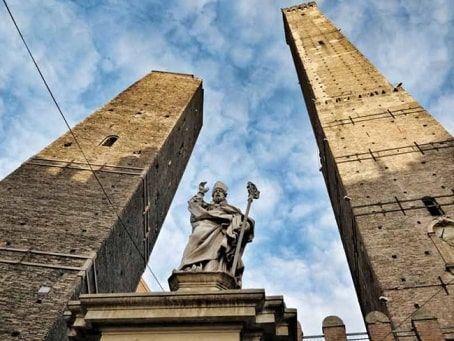
Unesco Sites in Emilia Romagna
Food and flavours of Emilia Romagna
The Emilia-Romagna cuisine is considered among the best in Italy so food and flavors of Emilia Romagna are famous throughout Italy and have often spread over national borders.
First courses are absolutely worth mentioning: Lasagne, Tortelli, Tortellini, cappelletti and tagliatelle are just some of the famous pasta shapes produced in the area and absolute protagonists of traditional recipes, among which the Bolognese ragout stands out.
Emilia Romagna is also famous for the production of cheeses and cold cuts, in particular Parmigiano Reggiano, Prosciutto and mortadella are inevitably associated with this territory.
Special mention should be made of piadina romagnola, a street food typical of the Emilia Romagna region.

Art and culture of Emilia Romagna
Land of great writers, musicians and artists, art and culture of Emilia Romagna have had several illustrious moments.
Like the rest of central Italy, Emilia Romagna also enjoyed great prestige during the period of Humanism and the Renaissance. This period is linked to the personality of Ludovico Ariosto, the famous Italian literary author of Orlando Furioso, but also that of artists such as Parmigianino and Correggio.
The University of Bologna, around which great poets and writers such as Giosuè Carducci and Giovanni Pascoli have orbited, has had great weight in the development of the culture of the region and of all of Italy. Giovanni Pascoli was born and raised in the territory of Emilia Romagna, to which he has always been very attached and whose landscapes are an ideal setting for a large part of his poetic composition.

Exhibitions, events and shows in Emilia Romagna
Stories and traditions of Emilia Romagna
The history of Emilia Romagna is that of the two historical regions that compose it. Both, many years ago, saw settlements of Etruscans and Celts but one, Emilia, saw first the development of Ducati, and then move on to a system of municipalities, among which the most important was that of Bologna where, in 1088, was founded the oldest university in Europe. In some cases it was passed from the municipality to the seigniory, as in the case of Ferrara, which experienced a golden age under the rule of the Este family. Later, the area of Emilia went, along with other territories, to form the Cispadana Republic and, therefore, the Cisalpine Republic. Romagna, differently, has belonged for a long time to the territories in possession of the Papal State.
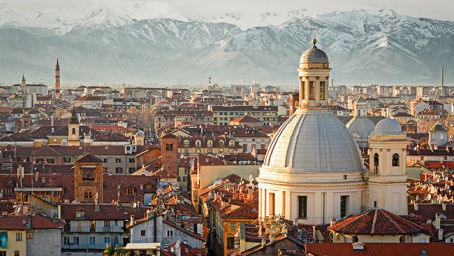
Emilia Romagna Region
Located in a strategic position in north-eastern Italy, Emilia Romagna is the sixth most densely populated region in Italy and also from the point of view of territorial extent. It represents one of the most avant-garde industrial and technological districts in the nation.
It borders Lombardy and Veneto to the north, Tuscany, Liguria, the neighboring Marche region, and the Republic of San Marino to the south. In addition, it is delimited by the Adriatic Sea to the east. Its natural boundaries are demarcated by Po and Reno rivers to the north, by the foothills of the Tuscan-Emilian Apennines to the southwest, and by the Sillaro river to the west.
Emilia Romagna is a charming region, which offers travellers a remarkable variety of landscapes: from the picturesque mountainous areas to the gentle downward slopes of the Lambrusco area, the romantic hills of Piacenza, Bologna, and Parma, sprinkled with magnificent villages, the lands of the ancient Bosco Eliceo, and the renowned coastline, embellished by sought-after locations all year round.
The territory of Emilia-Romagna has a varied and peculiar morphology, consisting of the extensive Po Valley, originating from alluvial deposits, the hills, and the enchanting slopes of the Apennines.
Its orography presents imposing peaks, including Mount Cimone, which you can glimpse in the area bordering Frignano Park, which boasts an altitude of 2165 metres.
Moreover, we encounter Mount Cusna, the highest peak in the Park Tuscan-Emilian Apennines, Alpe Succiso, Mount Fumaiolo, Mount Maggiorasca, Mount Marmagna, the Stone di Bismantova, Mount Prado, Mount Corno alle Scale, and Mount Falterona.
They are ideal destinations for hikers, trekkers, and winter sports enthusiasts, thanks to the famous ski resorts.
Its hinterland is delineated by the extended network hydrographic basin of the Po river, its tributaries with a torrential flow, such as the Trebbia, Tidone, Arde, Nure, Enza, Parma, Taro, Panaro, Secchia, and Reno, its tributaries, such as the Santerno, Senio and Sillaro, and tributaries, including the Ronco, Lamone, Montone, Marecchia, Conca, and Savio.
Emilia Romagna is a treasure chest of natural beauties, characterised by marvellous sceneries: besides to the well-known beaches of the Emilian Riviera, which is very popular during the summer season, it is possible to take a tour at the discovery of the many lakes with crystal-clear waters, snestled like precious gems in lush natural environments. Among the main lake basins there are Lake Suviana and Lake Brasimone, Lake Santo Modenese, Lake Santo Parmense, Lake Scaffaiolo, Lake Baccio and Turchino, Lake Quarto, Lake Calamone, Lake Lungo, Lake Acquapartita, Lake ofPontini, for relaxing, and Lake Ridracoli, overlooking the Casentino Forest National Park.
The history of Emilia Romagna dates back to the distant past; it is possible to admire the stratifications of civilisations that have followed one another over the millennia. The first traces of human settlements belong to the Palaeolithic period. Between the 9th and 8th centuries BC, the first stocks of the flourishing Villanovan civilisation reached the area where the city of Bologna now stands. During the 9th century BC, the Etruscans settled in the territories of Rimini and Bologna, and later the Gauls arrived there in the 5th century. During the 3rd century BC, colonisation by the Roman Empire led to the constitution of current Modena, Parma, Rimini, Ravenna, and Piacenza. Following the establishment of the Roman-Barbaric kingdoms in the 4th century AD, the Byzantines, Goths, Lombards, and Franks invasions occurred.
The toponym Emilia Romagna has a very ancient origin, deriving from the Via Aemilia, a Roman consular road built in the 2nd century BC.
The largest and most important city in Emilia Romagna is Bologna, seat ofthe most prestigious university in Italy and the oldest in the world: it is also considered the capital of culture, design trends, and the creative city of music.
From an administrative point of view, Emilia Romagna consists of nine provincial areas. Among the copius important and alluring cities there are Reggio Emilia, Modena, Forlì, Parma, Piacenza, Cesena, Ravenna, Rimini, and Ferrara. It is rich in precious artistic, architectural, and naturalistic masterpieces, 12 of which have already been recognised and included in the UNESCO World Heritage list.
Thanks to its location in the heart of Italy, it is easily accessible through the junctions that connect the countries of Northern Europe with the Eastern Europe and Balkan states.
It has efficient road, aerial, and railway connections to reach the main Italian metropolises and the European continent.
The regional airports that manage the majority of aerial traffic are Guglielmo Marconi Airport in Bologna, Federico Fellini Airport in Rimini, and Giuseppe Verdi Airport in Parma. Bologna Airport is the stopover for main national and foreign flights. Rimini Airport has international and non-European passenger traffic, while Parma Airport controls domestic and European routes. All three airports are easily connected to efficient public transport services, including buses, shuttles, and the railway lines.
Emilia Romagna also offers natural beauties of outstanding tourist interest. Most tourists and travellers who arrive in Emilia Romagna pass through the enchanting city of Bologna, staying there from three to five days on average before moving on to other stops on their itinerary to discover the regional beauties. Intriguing Bologna is a lively and cozy city, that preserves a historical, artistic and cultural heritage.
It also offers many attractions to visit, such as the majestic Basilicas of Saint Petronio and Saint Stephen. There are the evocative towers of the Asinelli and Garisenda, from which it is possible to admire skyline of the city, the Archiginnasio, the National Art Gallery Bologna, Municipal Palace and the amazing Piazza Maggiore with its precious mediaeval historic centre. You can choose from a wide range of museums, theatres, and historical neighbourhoods or more recent ones, to immerse yourself in the teeming local nightlife.
The renowned destinations of Marina di Ravenna, the Renaissance city of Ferrara, Ravenna, the splendid city of mosaics, Parma with its gastronomic delicacies, Reggio Emilia, rich in artistic masterpieces, and Faenza with its marvellous handmade ceramics, are easily reachable within one-hour drive. Modena is also known for its Romanesque-style cathedral that has become a UNESCO World Heritage Site thanks to its bell tower, nicknamed the Ghirlandina.
In the magic setting of the Bolognese hills, there are picturesque and fascinating villages to explore, nestled in spectacular landscapes. Famous towns and villages include Dozza, one of the most beautiful villages in Italy, Brisighella, Monteveglio, Premilcuore, and the 16th-century Gualtieri. Castell'Arquato, where the cult movie Ladyhawke was filmed.
Other famous tourist places are San Leo, overlooked by its imposing fortress, Fontanellato, famous for its spectacular Rocca San Vitale, and Busseto, the birthplace of Giuseppe Verdi, Montegridolfo, Vigoleno, and Verucchio.




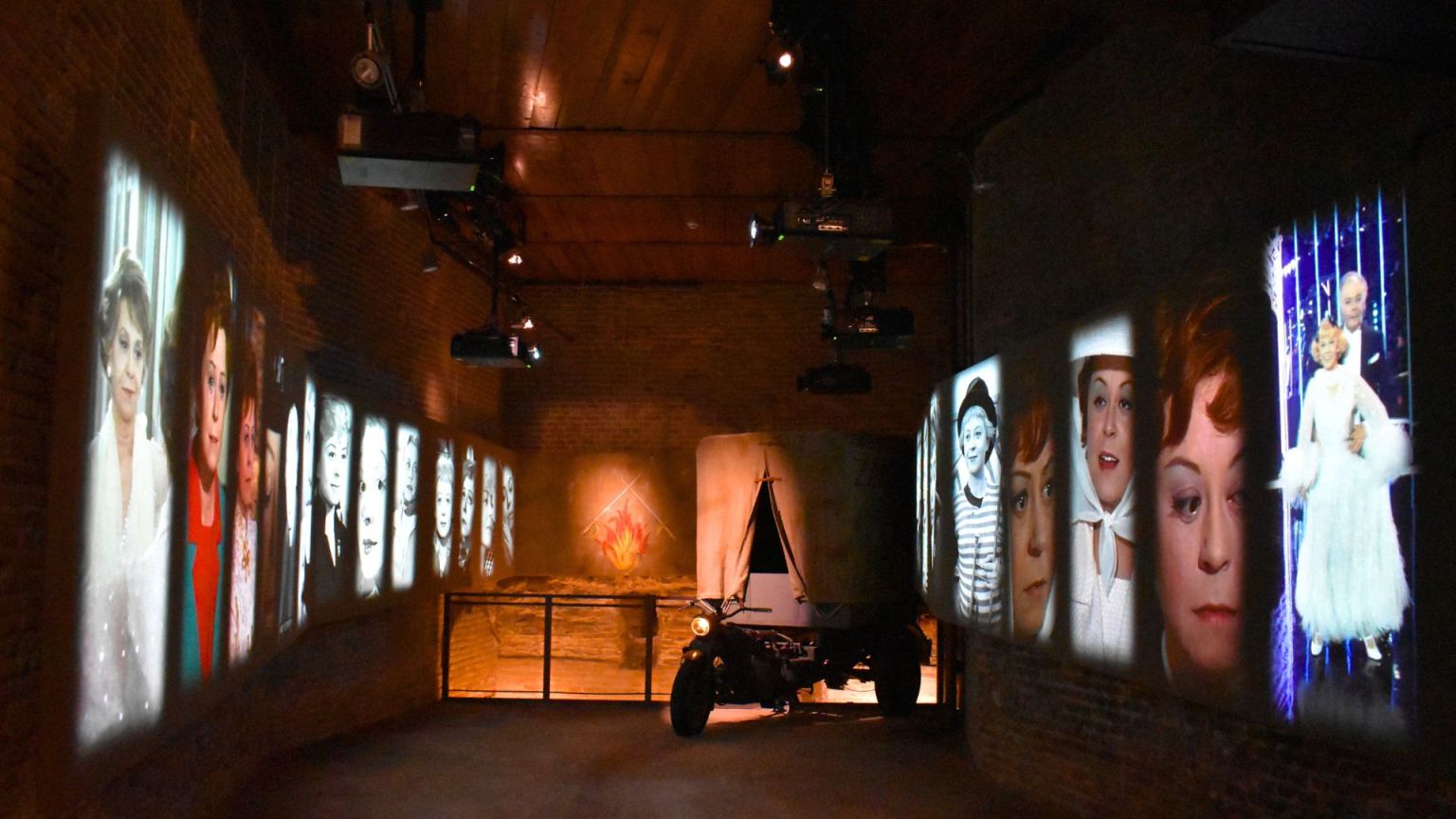
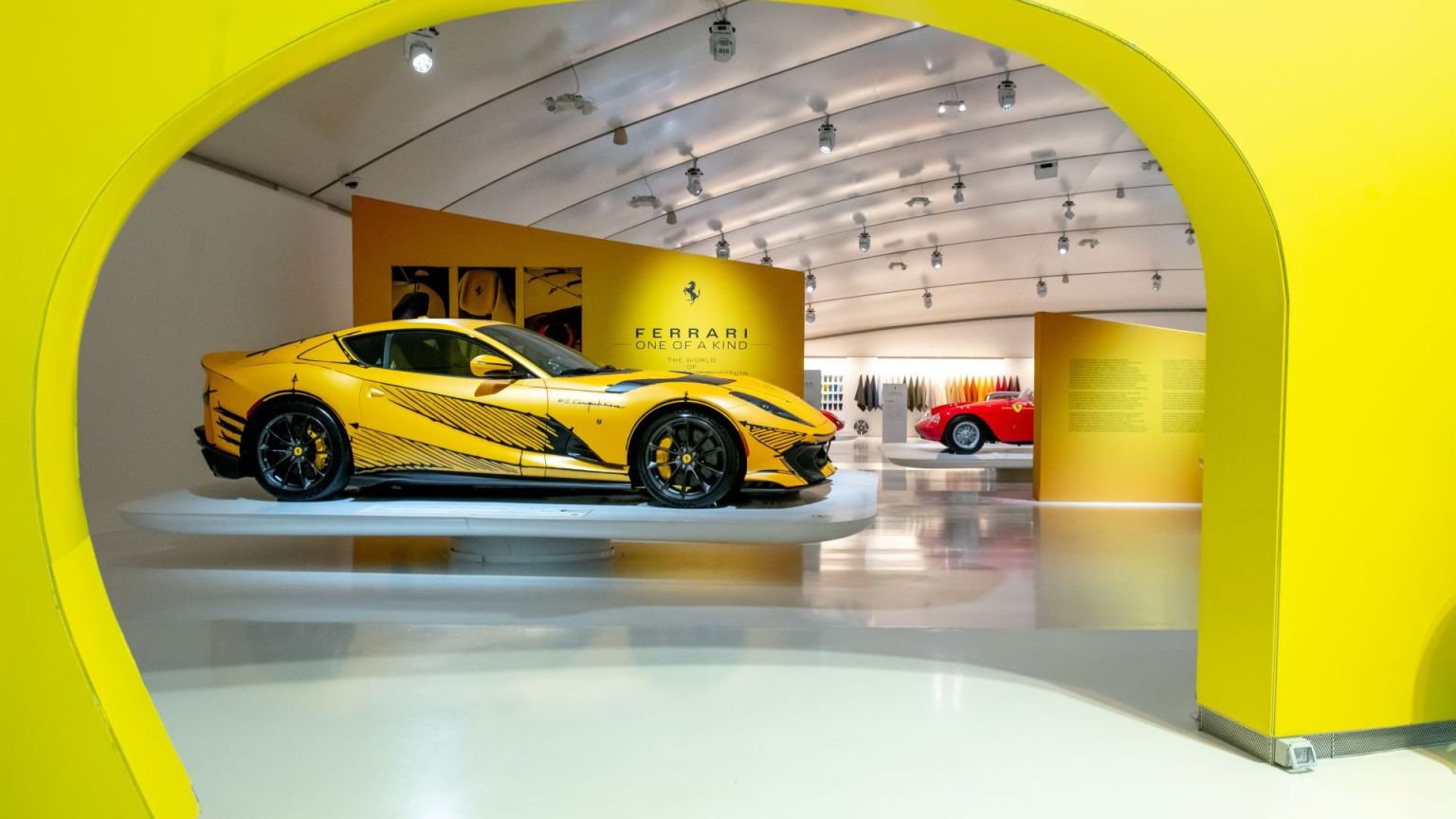
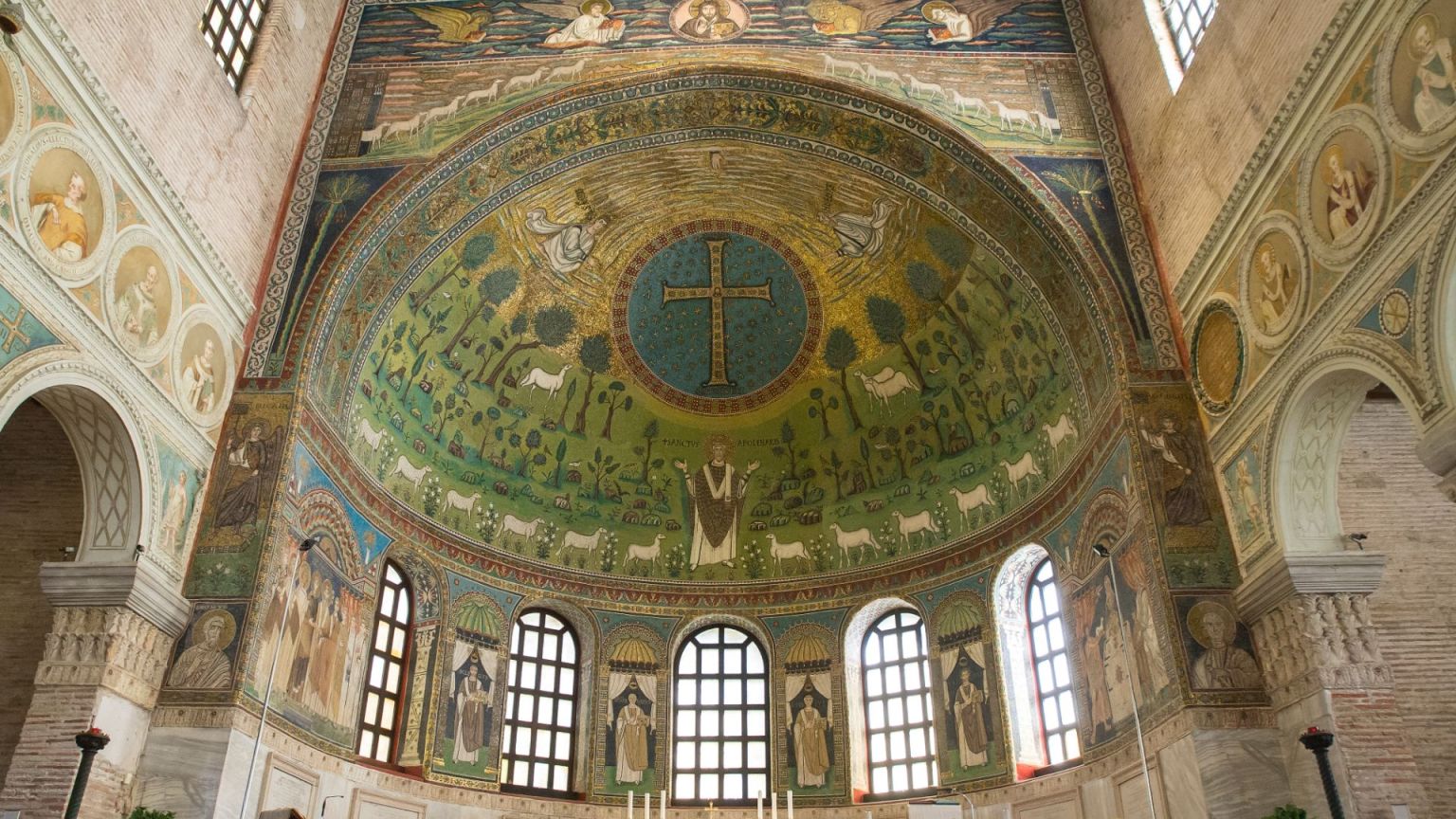

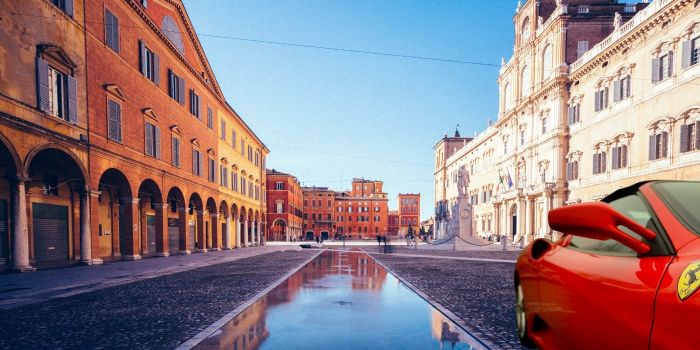
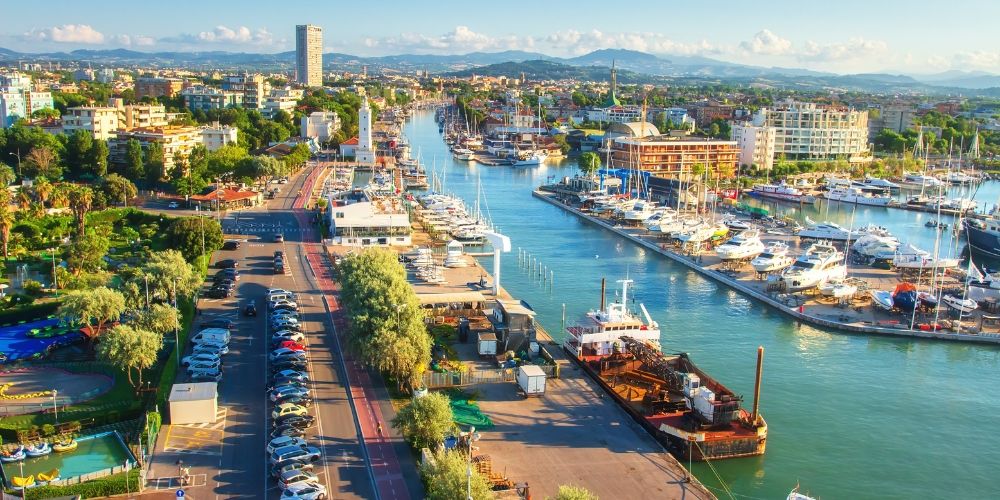
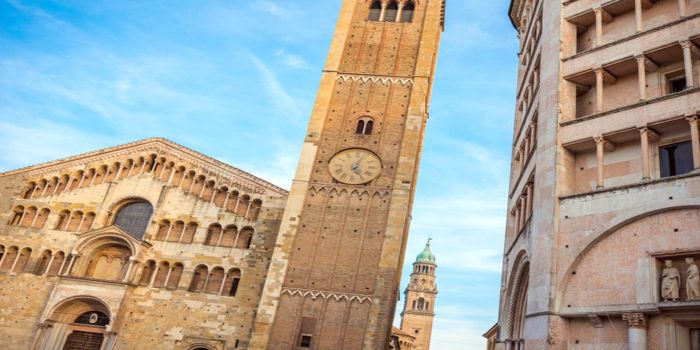
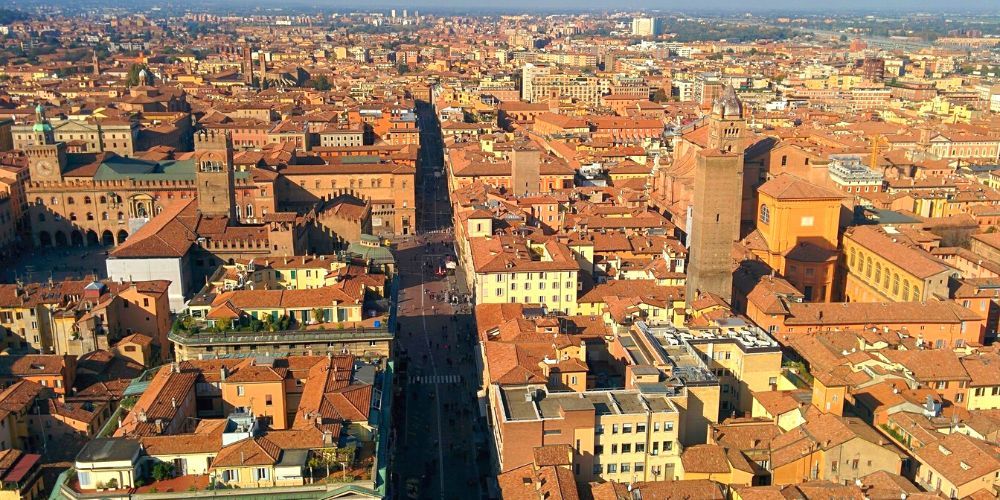
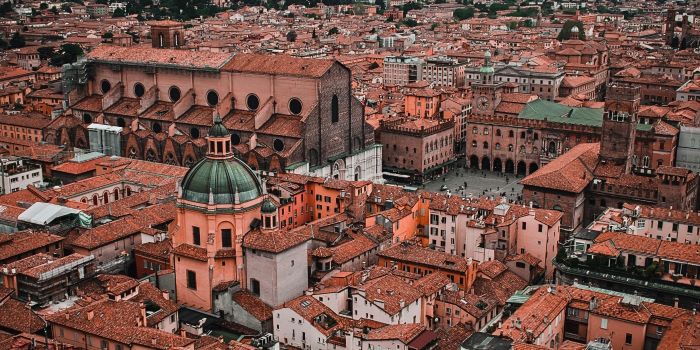
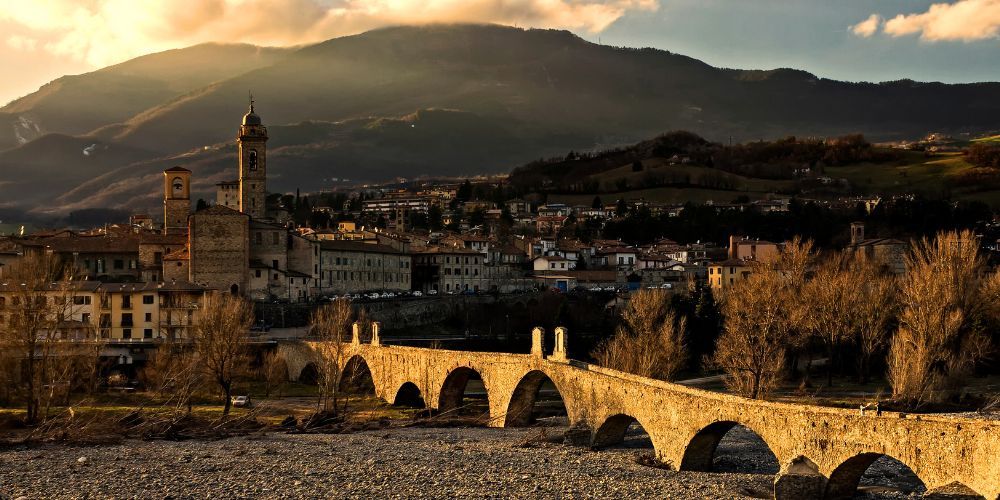
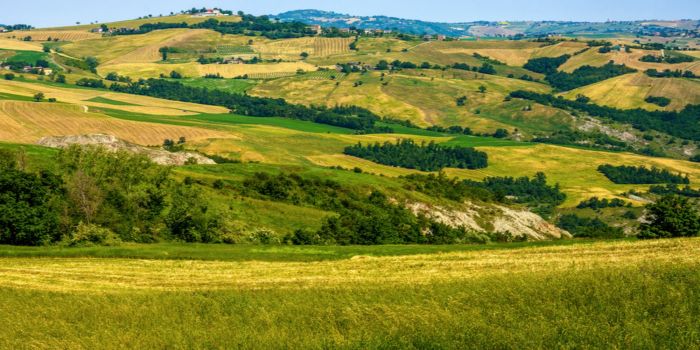
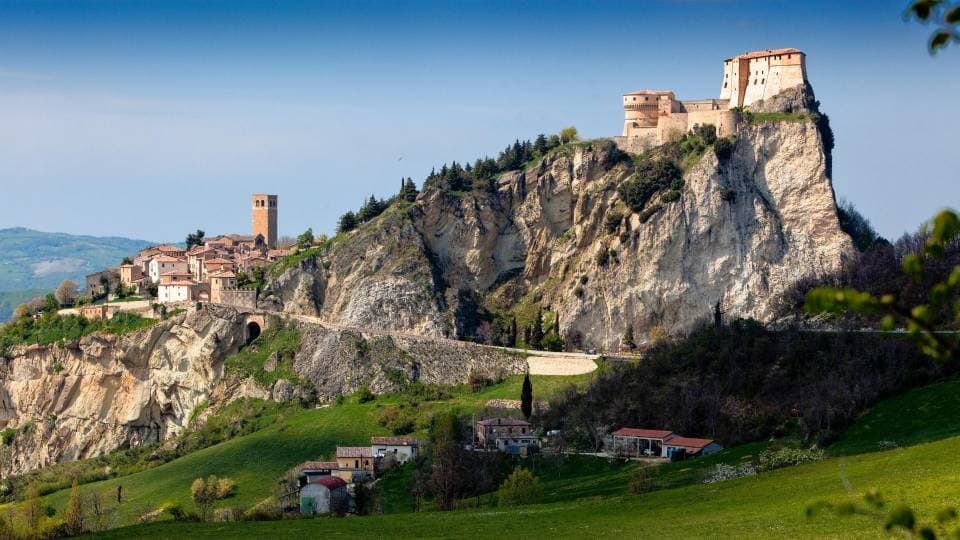
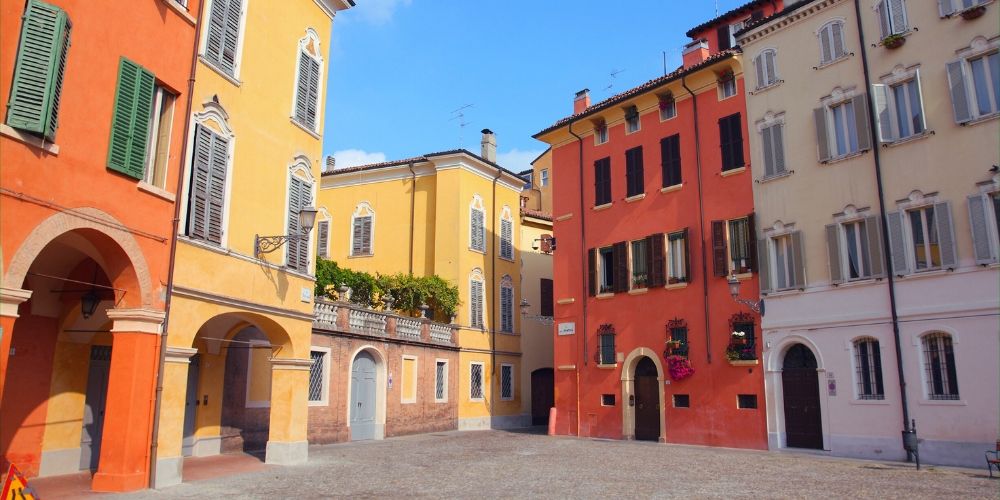
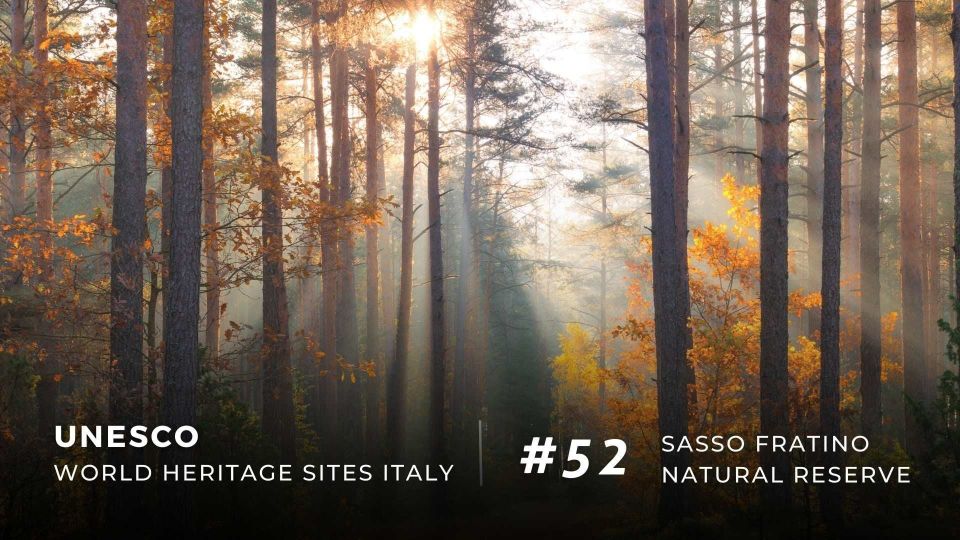
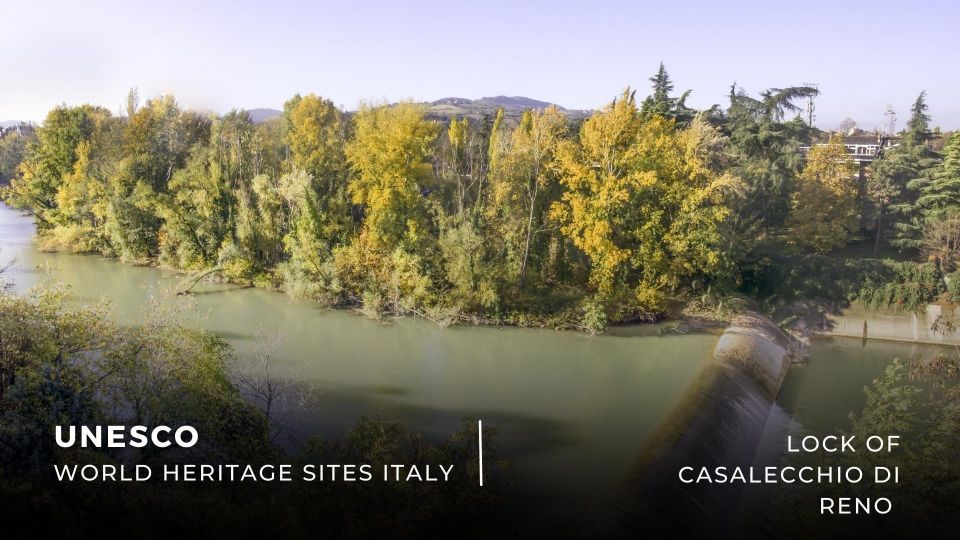
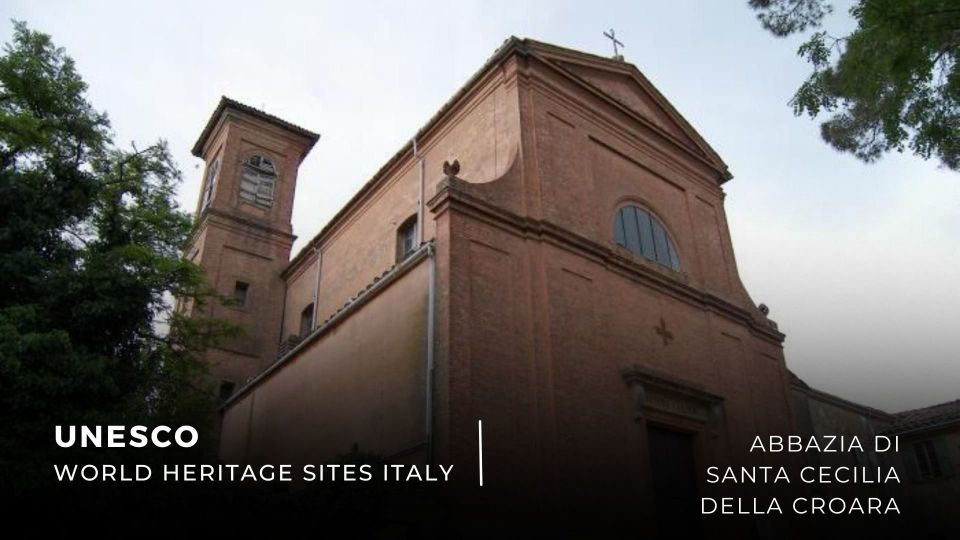
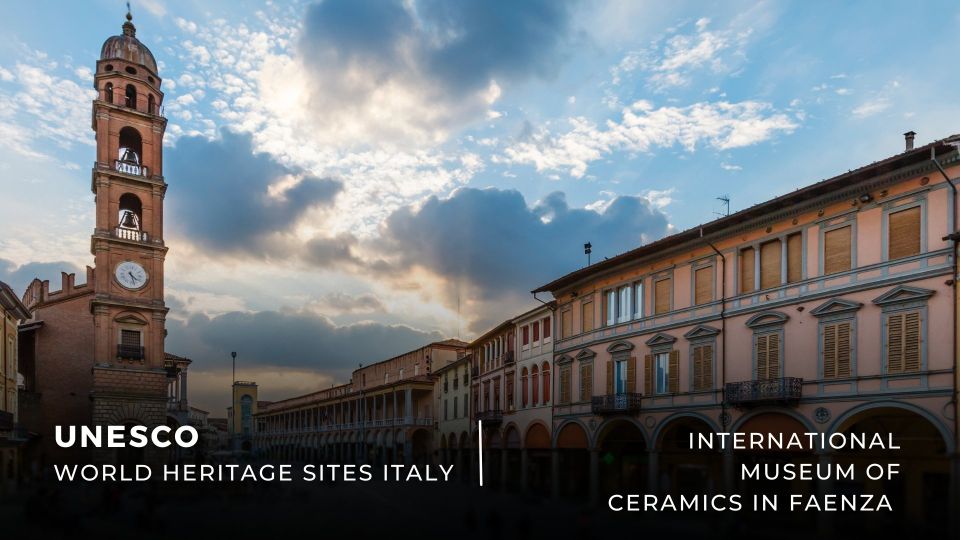
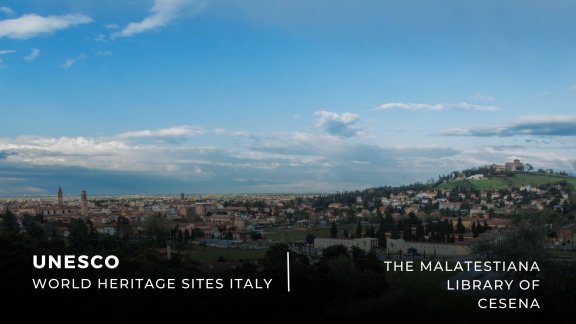
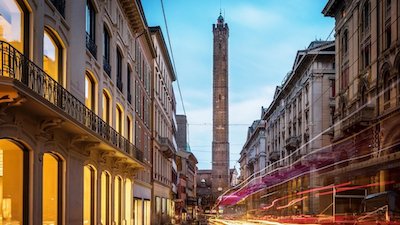
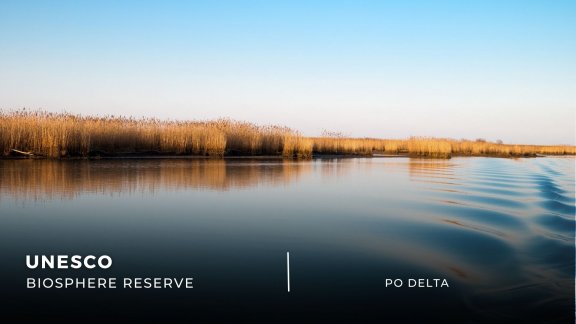

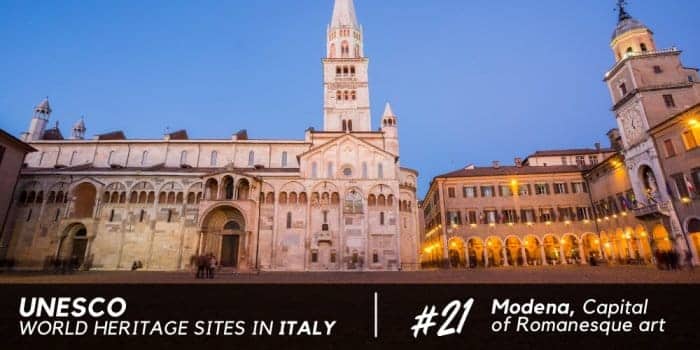



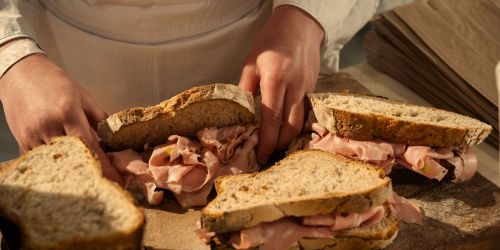
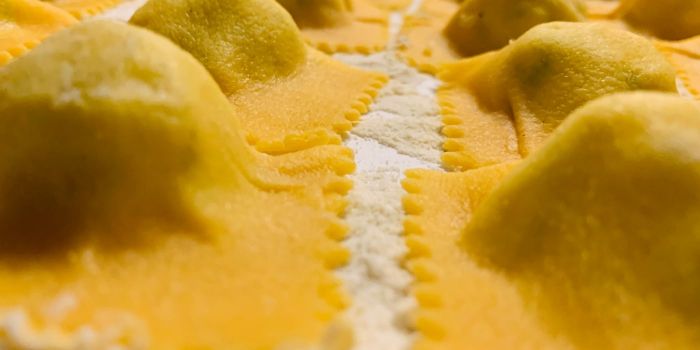

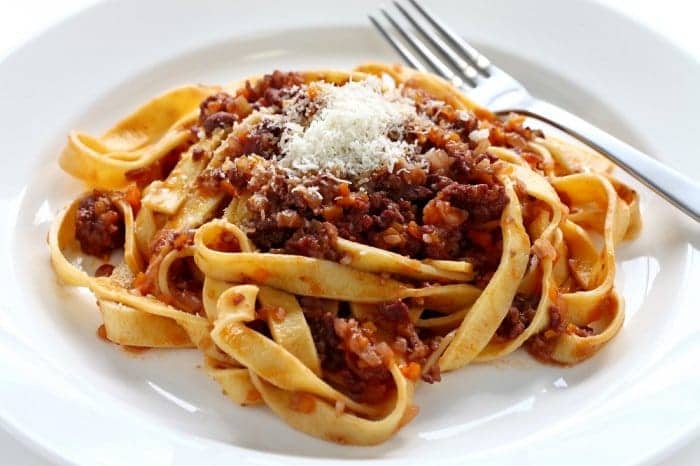
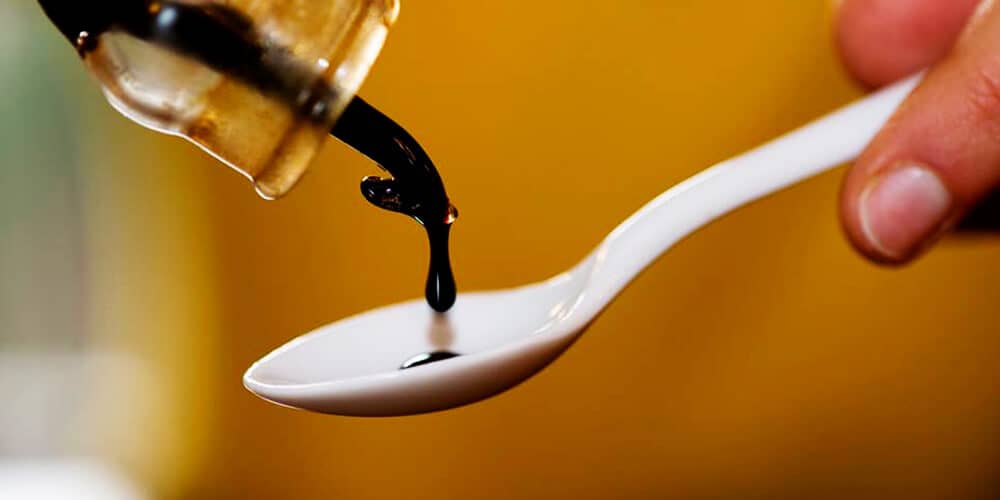

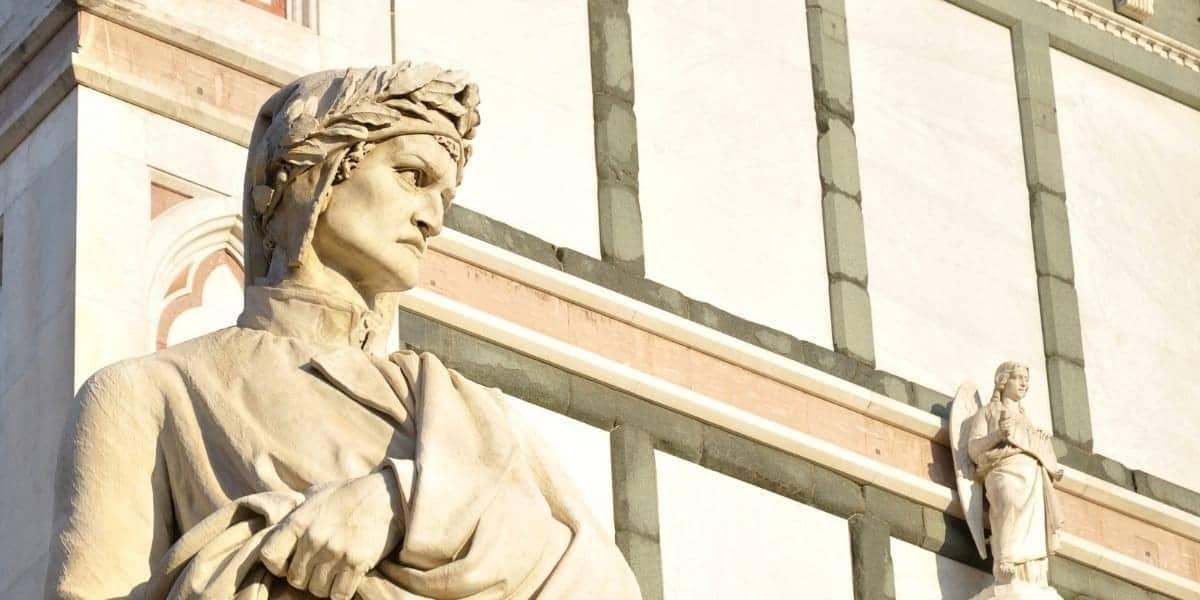




Ciao! I'm Monna Lisa, your digital travel designer. I'm here to help you plan your perfect trip to Italy.